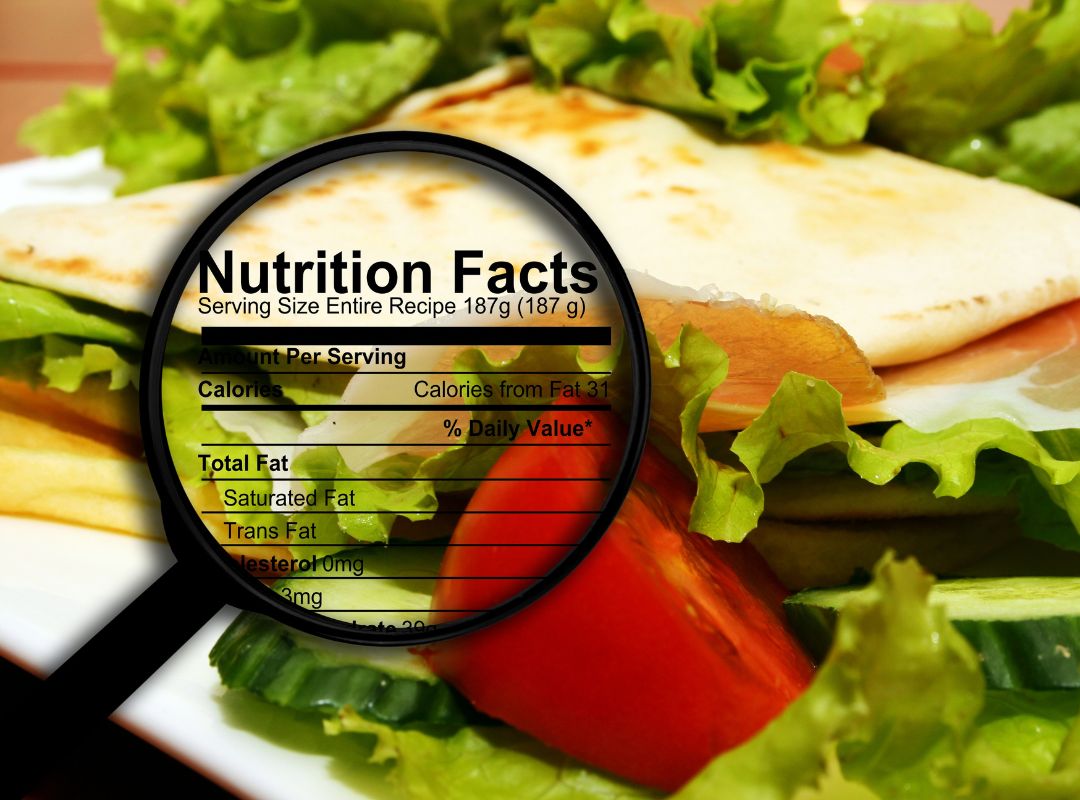
Introducing the Nutrition Facts Label
Explore the features of the Nutrition Facts label with a focus on protein, analyze serving size, and make a Nutrition Facts label for a smoothie.

Explore the features of the Nutrition Facts label with a focus on protein, analyze serving size, and make a Nutrition Facts label for a smoothie.

Students will plan a healthy meal – breakfast – using the Percent Daily Value (%DV), and will use the Nutrition Facts label to evaluate and compare foods as they plan their meals.
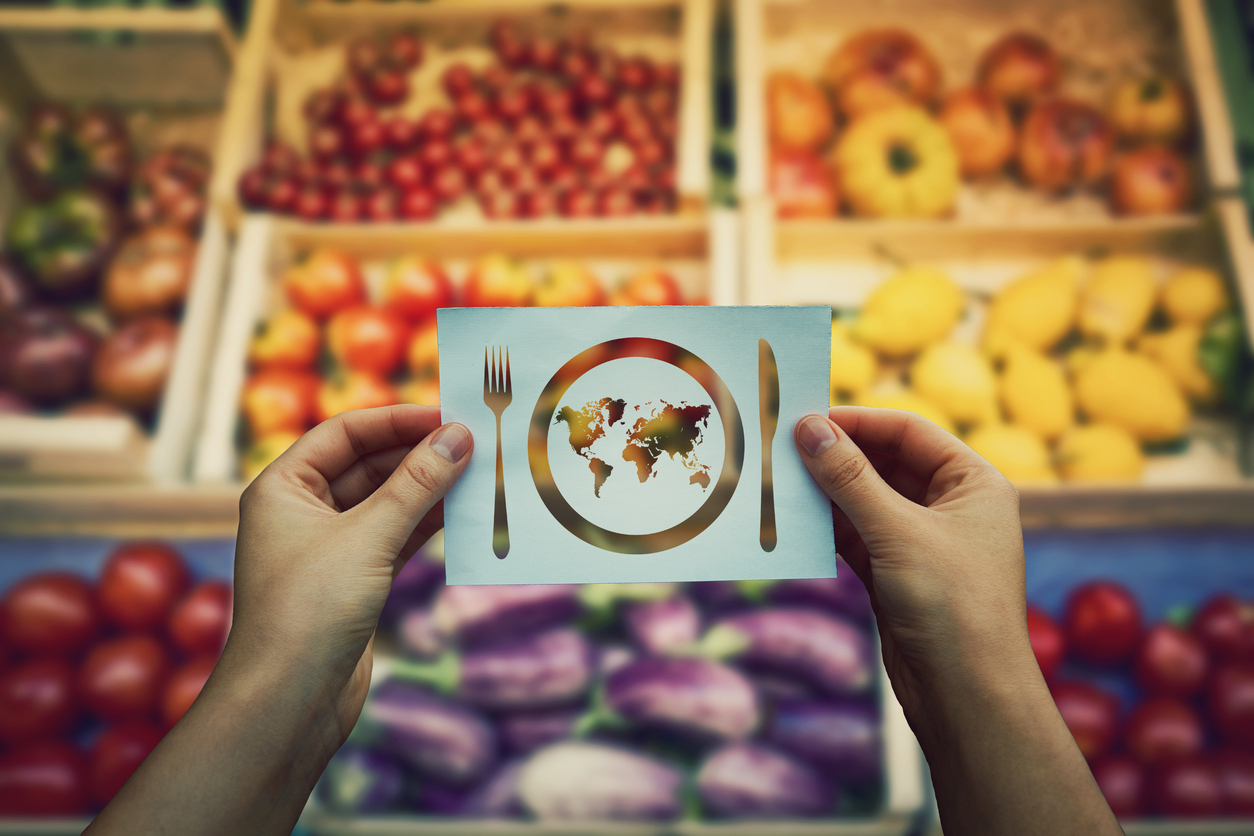
Students will learn about the importance of eating a variety of foods in order to get all the nutrients needed to be healthy, explore diets around the world using Peter Menzel's Hungry Planet Family Food Portraits, and discuss the scope of the problems of hunger and malnutrition using the World Food Programme HungerMap Live.
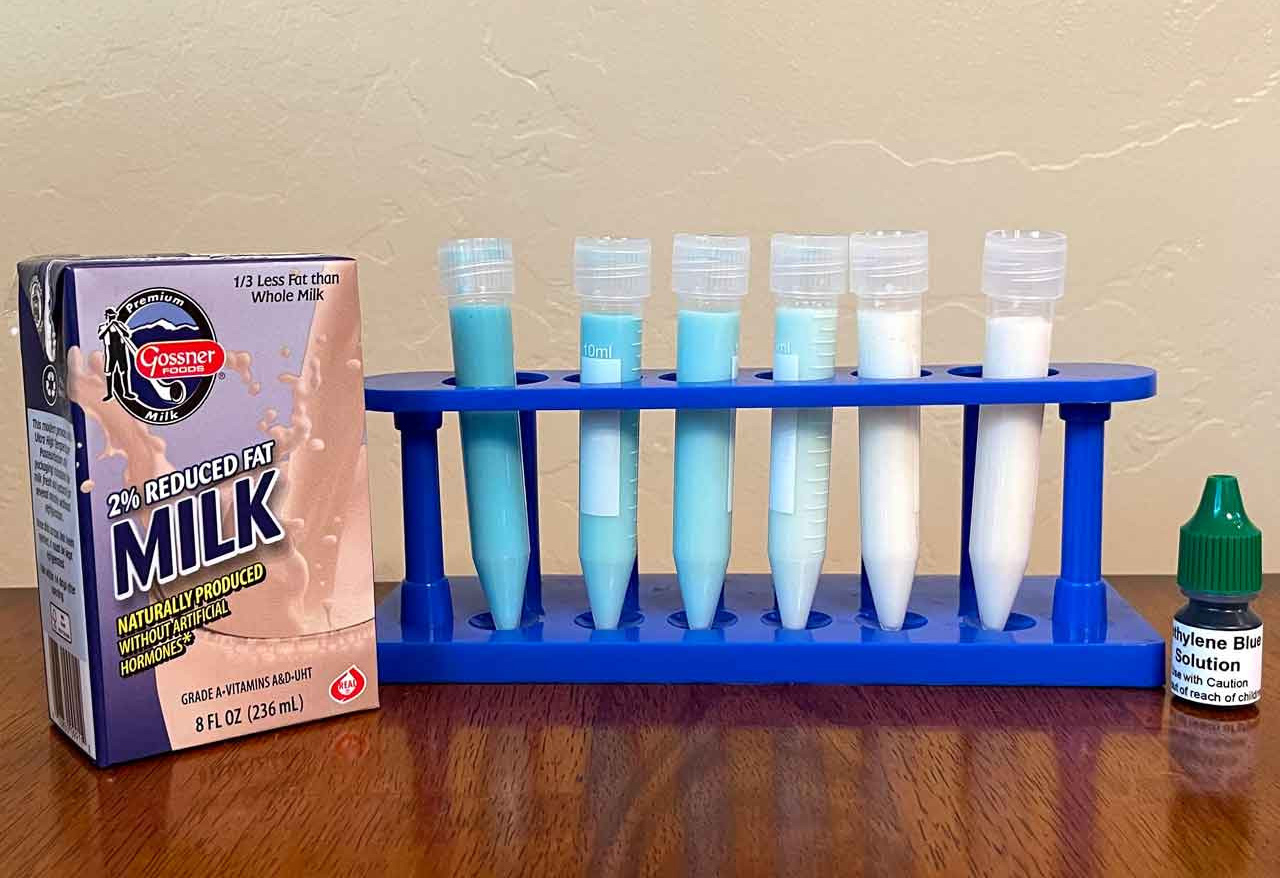
This lab introduces students to the effect temperature has on reducing and controlling the growth of bacteria. Students will use conventionally pasteurized and ultra-high-temperature (UHT) milk to observe how different temperatures (hot, room temperature, cool, and freezing) affect the growth of spoilage bacteria. They will also learn about the importance of pasteurization in keeping food safe.
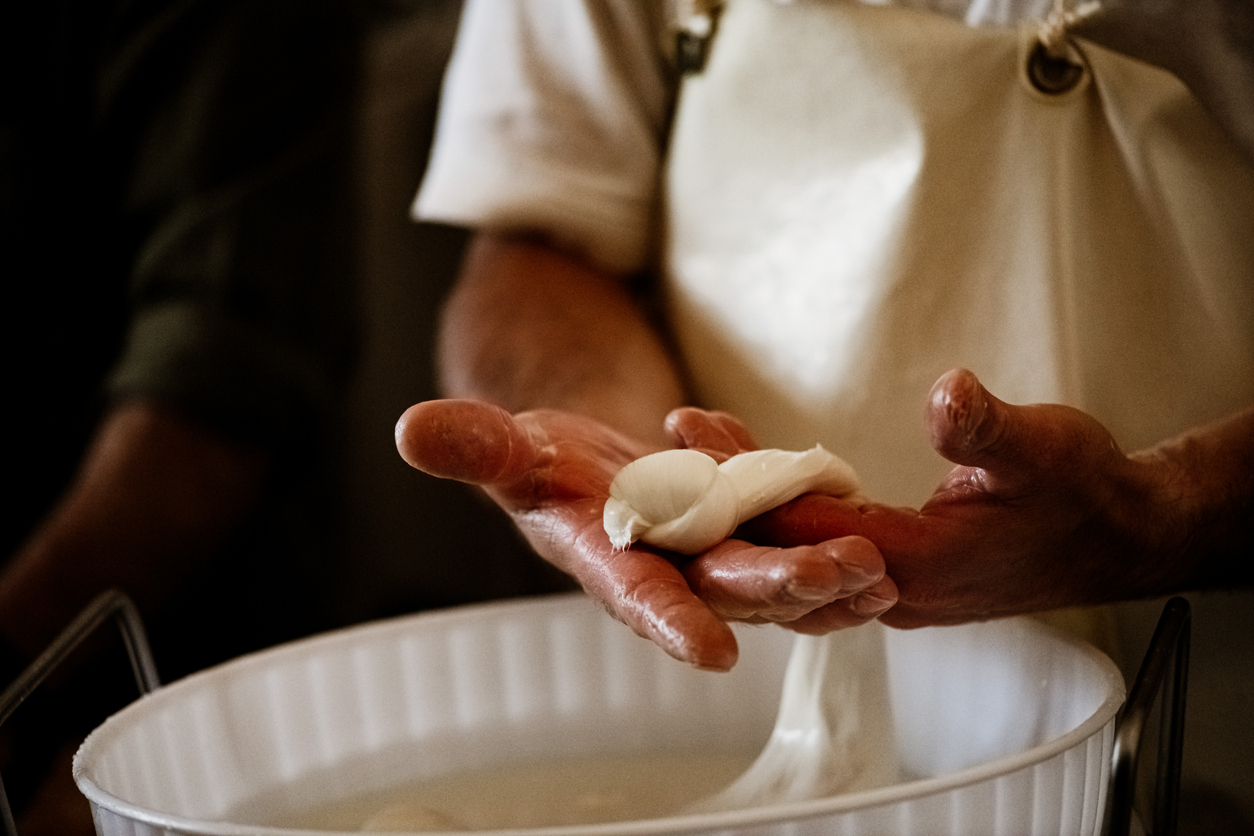
Students make fresh mozzarella cheese and explore a career as an artisan cheesemaker as they discover the science, art, and craft involved in the development of specialty cheeses.
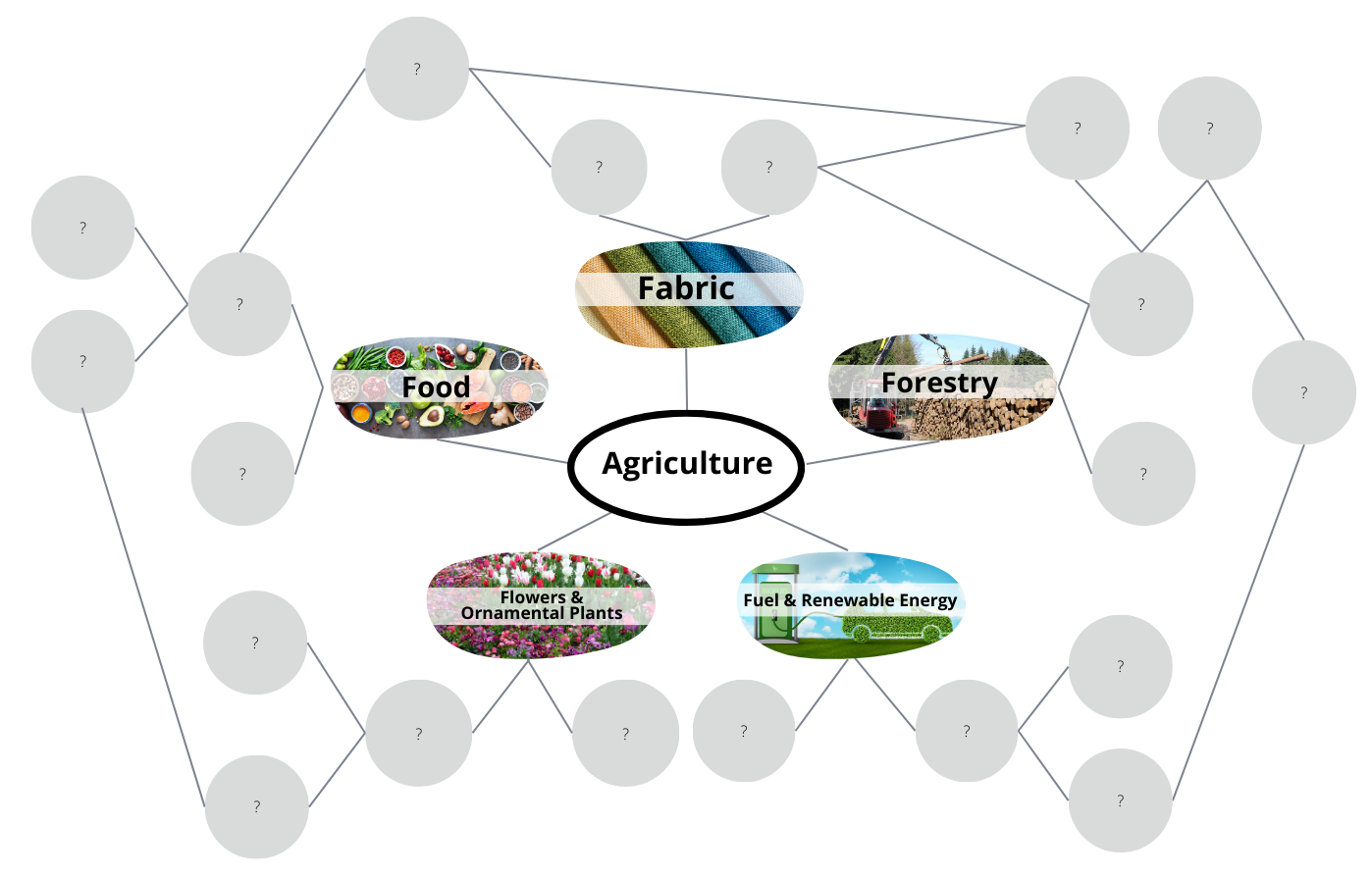
Explore how we are each connected to agriculture through our food, clothing, shelter, fuel, and more. Students will be introduced to agriculture and begin to recognize the depth and complexities of agricultural systems locally and globally.

Explore how we are each connected to agriculture through our food, clothing, shelter, fuel, and more. Students will be introduced to agriculture and begin to recognize the depth and complexities of agricultural systems locally and globally.
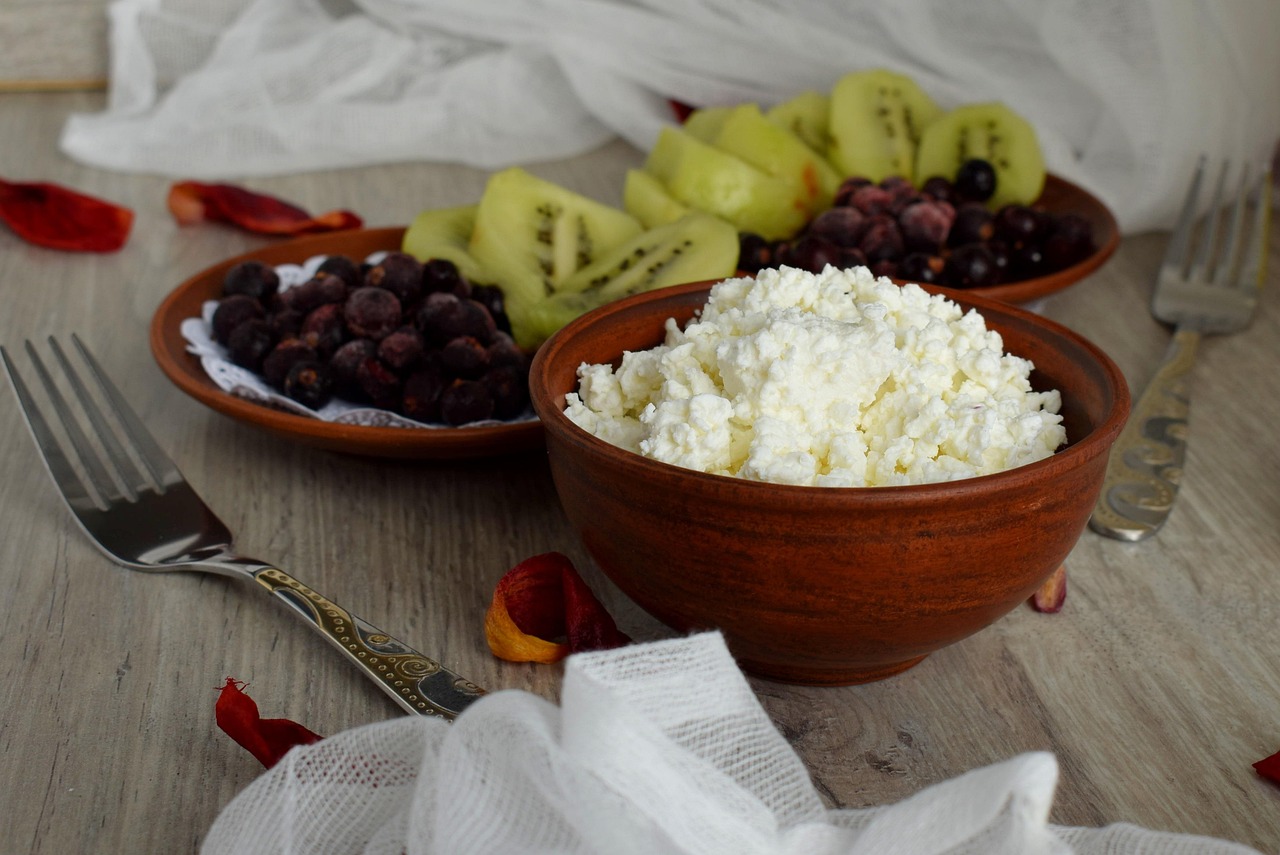
Students explore the scientific processes used to make the crops we grow and the livestock we raise (commodities) into some of the foods we eat every day. Students will discover how science and technology work together to create foods like pickles, bread, yogurt and more! To engage further in the topic, students will make their own cheese using enzymes produced through the fermentation of genetically engineered yeast.
In this lesson, students learn the chemistry and composition of milk, identify the difference between a monosaccharide and disaccharide, and carry out a laboratory activity testing the effect of the enzyme lactase on various milks.
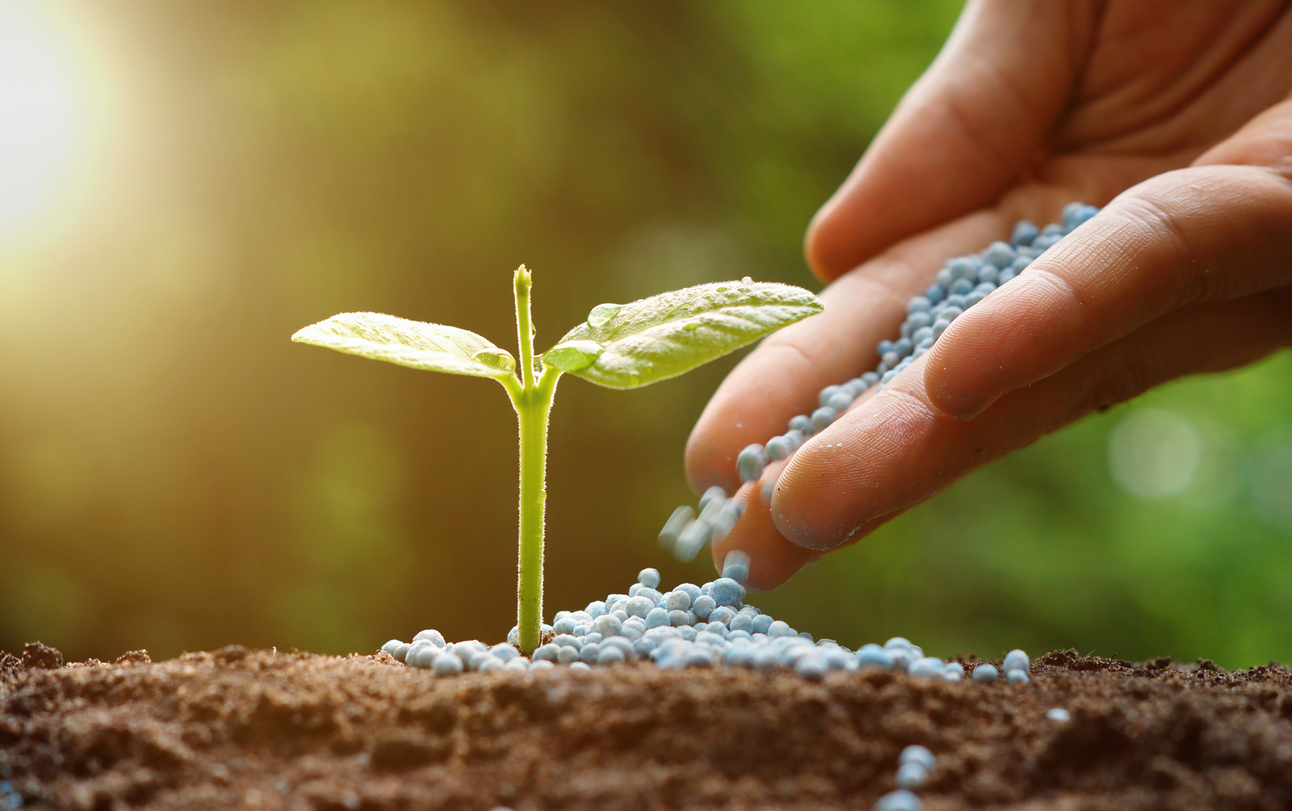
Students will recognize that fertile soil is a limited resource, describe the role fertilizer plays in increasing food productivity, distinguish between organic and commercial fertilizers, describe how excess nutrients are harmful to the environment, and identify different sources of nutrient pollution.

In this lesson students will recognize that fertile soil is a limited resource to produce food for a growing population, describe the role fertilizer plays to increase food productivity, distinguish between organic and commercial fertilizers, and recognize how excess nutrients are harmful to the environment.
In this lesson students apply their knowledge of physical science to dairy products to determine if the changes that take place when turning milk into cheese, butter, yogurt, ice cream, whip cream and other dairy products, is a physical or chemical change.